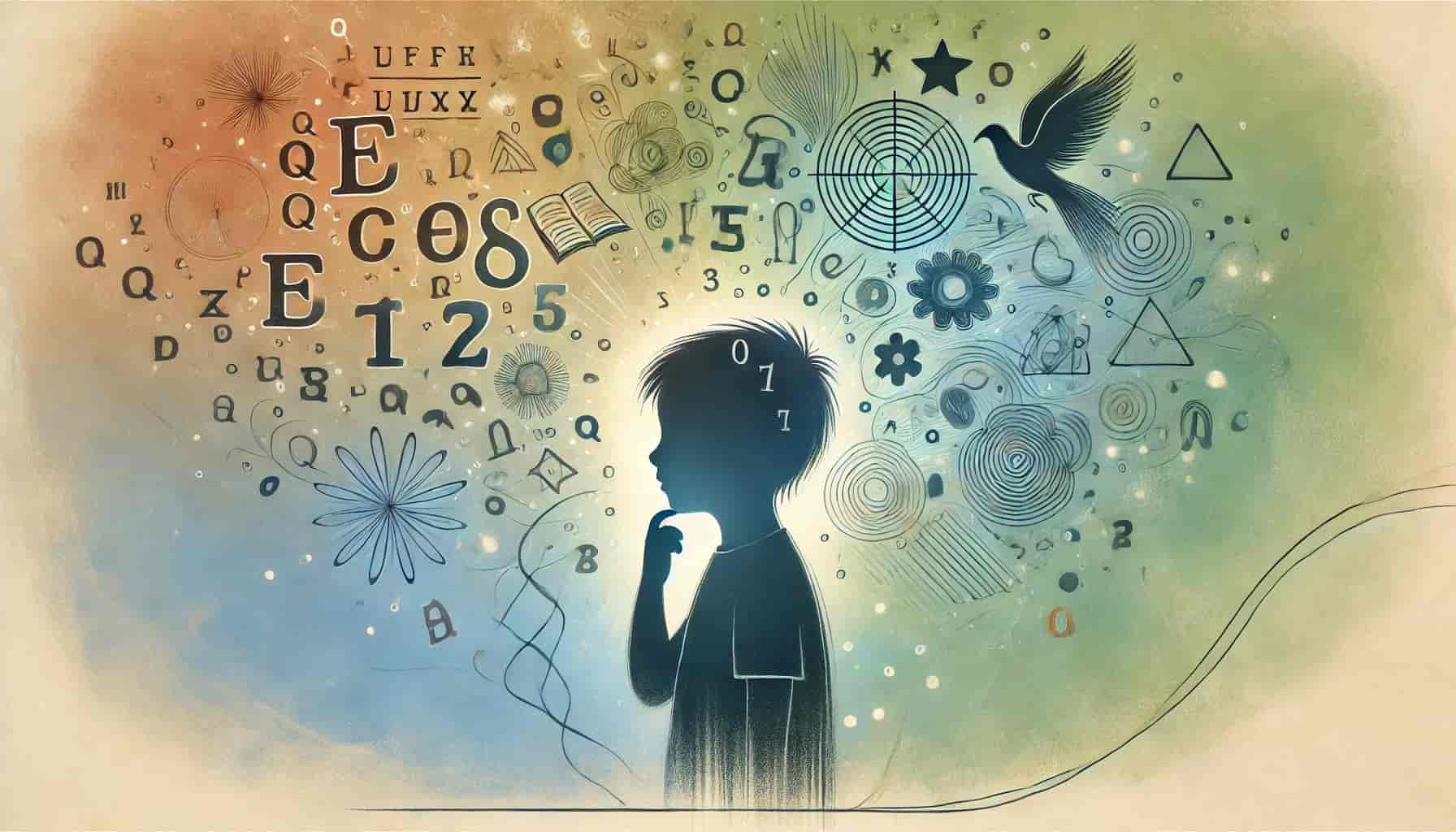Key Facts
- Prevalence: Learning disabilities, including dyslexia, affect approximately 510% of children in India. Dyslexia is one of the most common learning disabilities, impacting reading and language processing.
- Age of Diagnosis: Symptoms often become apparent in early primary school years, but many children are not diagnosed until later, sometimes even into adolescence.
- Impact: Learning disabilities can significantly affect academic performance, self-esteem, and social interactions. Early identification and support are crucial for better outcomes.
- Gender Distribution: Dyslexia and other learning disabilities are observed across genders, though some studies suggest a higher prevalence in boys.
- Education System: India’s education system often lacks resources and trained personnel to adequately support students with learning disabilities, leading to under diagnosis and inadequate interventions.
Overview
Learning disabilities, such as dyslexia, are neurological conditions that affect a person’s ability to process and interpret information, particularly in reading and writing. These disabilities are not indicative of intelligence but rather reflect differences in how the brain processes language. In India, the recognition and support for learning disabilities have historically been limited, though there is a growing awareness and improvement in resources. Understanding and addressing these disabilities is essential for providing equitable educational opportunities and ensuring that all students can achieve their full potential.
Symptoms and Patterns
Symptoms of Learning Disabilities:
Dyslexia:
- Difficulty reading, spelling, and writing despite adequate intelligence and educational opportunities.
- Slow reading speed, poor comprehension, and difficulty recognizing familiar words.
- Problems with phonological processing (e.g., difficulty in decoding words and sounds).
General Learning Disabilities:
- Difficulty following instructions, organizing tasks, and remembering sequences.
- Trouble with math concepts, reading comprehension, and written expression.
- Struggles with language skills, including speaking and understanding.
Patterns:
- Early Signs: Difficulty in learning to speak, late speech development, and problems with rhyming or recognizing letters and numbers.
- Academic Performance: Inconsistent performance across subjects, with particular struggles in reading, writing, and arithmetic.
- Behavioural Signs: Frustration with schoolwork, low self-esteem, and behavioural issues stemming from academic challenges.
- Social Impact: Difficulty in peer interactions due to struggles with communication and academic performance, which may lead to social withdrawal or behavioural problems.
Risks and Protective Factors
Risks:
- Genetics: Learning disabilities often run in families, indicating a genetic component.
- Neurodevelopmental Factors: Differences in brain development and function can contribute to learning disabilities.
- Environmental Factors: Lack of early educational support, exposure to traumatic experiences, or socioeconomic challenges can exacerbate learning difficulties.
- Under diagnosis: Inadequate screening and diagnostic resources in India may lead to late or missed diagnoses, impacting timely intervention.
Protective Factors:
- Early Intervention: Early diagnosis and intervention can significantly improve outcomes. Early educational support and targeted teaching strategies can mitigate the effects of learning disabilities.
- Supportive Environment: A supportive home and school environment, including understanding teachers and family members, can enhance the effectiveness of interventions.
- Educational Accommodations: Access to special education services, individualized education plans (IEPs), and accommodations (e.g., extra time on tests) can support students with learning disabilities.
- Parental Involvement: Active involvement of parents in their child’s education, including advocating for appropriate resources and support, can be beneficial.
Treatment and Care
Addressing learning disabilities in India involves a combination of educational strategies, professional support, and family involvement:
- Educational Strategies: Implementing individualized teaching methods, such as multisensory instruction and tailored reading programs, can help students with learning disabilities. Schools can adopt inclusive teaching practices and modify the curriculum to meet diverse learning needs.
- Special Education Services: Access to special education resources, including trained special educators and learning support centres, is crucial. Schools should provide personalized learning plans and regular assessments to track progress.
- Parental Support: Parents should be educated about learning disabilities and encouraged to collaborate with educators to support their child’s learning needs. Parent training programs can offer strategies for assisting with homework and fostering a supportive home environment.
Psychological and Psychosocial Interventions
Cognitive Behavioural Therapy (CBT): CBT can help students manage the emotional and psychological impact of learning disabilities, such as anxiety or low self-esteem. It can also provide strategies for coping with academic challenges.
Skill Based Training: Training in specific skills, such as phonological awareness for dyslexia or organizational skills for general learning disabilities, can help improve academic performance and self-confidence.
Family Counselling: Family counselling can support parents and siblings in understanding learning disabilities and developing effective strategies for home support. It also helps in addressing any family related stressors that may affect the child’s learning experience.
Peer Support: Encouraging peer support groups or mentoring programs can provide students with learning disabilities a sense of belonging and understanding from others who face similar challenges.
Educational Therapy: Educational therapists work one-on-one with students to develop personalized strategies and interventions tailored to their specific learning needs. This can include techniques for reading, writing, and organizational skills.
Awareness Programs: Community and school based programs that raise awareness about learning disabilities can help reduce stigma and promote a more inclusive educational environment.
Conclusion
Learning disabilities, such as dyslexia, present significant challenges for affected individuals in India, impacting their academic performance and overall wellbeing. Early identification, supportive educational practices, and comprehensive care are essential for helping students with learning disabilities achieve their full potential. By fostering a more inclusive educational system, increasing awareness, and providing targeted support, India can ensure that students with learning disabilities receive the help they need to succeed both academically and personally.


